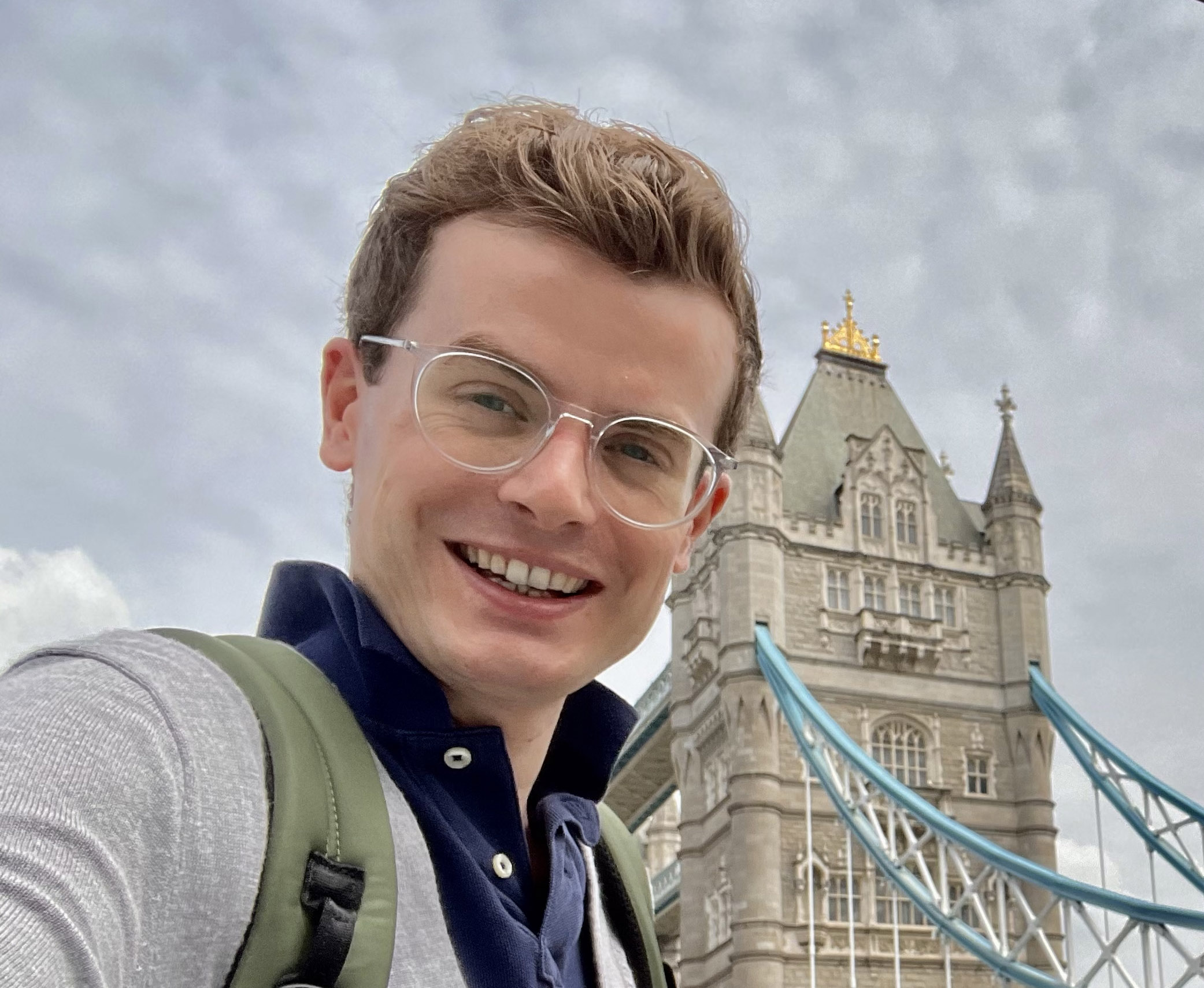What makes hair curly?

If you're a curly-haired individual or just an envious straight-haired person, you may wonder what exactly causes some strands to swirl whilst others simply stay smooth. It turns out there are two theories, according to a 2018 study published in the Journal of Experimental Biology.
The first hypothesis states that curls can be explained by a greater number of hair cells on the convex side of the hair follicle — that is, the outside edge of the curl — and fewer on the concave side — the inside edge. That relatively smaller number of cells on the inside creates a shorter edge, which pulls the follicle inwards, creating the curl.
The other theory suggests that differences between the cell lengths on the convex and concave sides of the strand of hair could explain curls. Similar to the first theory, the relative size difference between elongated cells on the outside and compact cells on the inside creates the curl.
Related: Is it safe to use hair dye?
Curly hair is thought to be better at keeping mammals warmer than just straight hair alone. In fact, straight hairs interwoven with curls creates the last line of defense against heat loss.
"The typical mammalian coat structure is that of a forest with shrubs," said study lead researcher Duane Harland, a senior scientist at AgResearch, one of New Zealand’s largest corporate government research institutes. Straight hairs stick up to “create a space near the skin" and "the finer curly hairs fill the space and trap air," Harland told Live Science.
Harland's study, however, only addressed curls in Merino sheep. It's hard to know for sure if insulation is what also drove some humans to develop curly locks. "The simple answer is that nobody knows specifically about human hair,” Harland said. "Our social aspect and ability to develop technology that replaces functions originally covered by biology, such as hats, make it hard to pin down."
Get the world’s most fascinating discoveries delivered straight to your inbox.
That said, we can still learn a lot about the origins and biology of our own follicular features from our more furry friends, because if you go back far enough, our hair evolved from the same genetic origins. "Mammalian hair is ancient,” Harland said. It probably developed before the dinosaurs, Harland noted. (An analysis of 29 fossil skulls of archaic mammal relatives, the therapsids, suggests that these mammalian predecessors had fur, according to a 2016 study in the journal Scientific Reports.)
To test the two theories, Harland and his colleagues used sophisticated microscopy techniques to zoom in on sheep wool fibers and measure the differences between the number and size of the cells on the inside of the curve and those on the outside. Almost immediately, the team found evidence dispelling the idea that the number of cells creates the curl.
"We found evidence contradicting the theory that curvature results from there being more cells on the side of the fiber closest to the outside," he said. That’s because, in all cases, he found the cells on the outside of the curve were longer, "which supports the theory that curvature is underpinned by differences in cell type length," Harland said.
Alas, it's not that simple. The story, as is so often the case with science, doesn't end here. "We have not got completely to the bottom of curly hair," Harland said. His study looked only at individual cross sections of sheep hair fibers under a microscope. That snapshot of hair could result from curvature, but it could also have some twisting forces, confusing the results, he said.
Even if those cross sections were good representations of hair strands as a whole, it doesn't mean the other theory — the one suggesting that cell numbers are the cause — is wrong. It could be that different hair on different animals is curly for different reasons.
"It would be pure hubris to declare that the situation is universal," Harland noted.
"So, there is scope for further discovery," he said. "It'd be great if other scientists out there were busy replicating and building on our study. Perhaps, they will find we got something wrong, hopefully only small things if anything, but that's science."
Originally published on Live Science.

Benjamin is a freelance science journalist with nearly a decade of experience, based in Australia. His writing has featured in Live Science, Scientific American, Discover Magazine, Associated Press, USA Today, Wired, Engadget, Chemical & Engineering News, among others. Benjamin has a bachelor's degree in biology from Imperial College, London, and a master's degree in science journalism from New York University along with an advanced certificate in science, health and environmental reporting.



